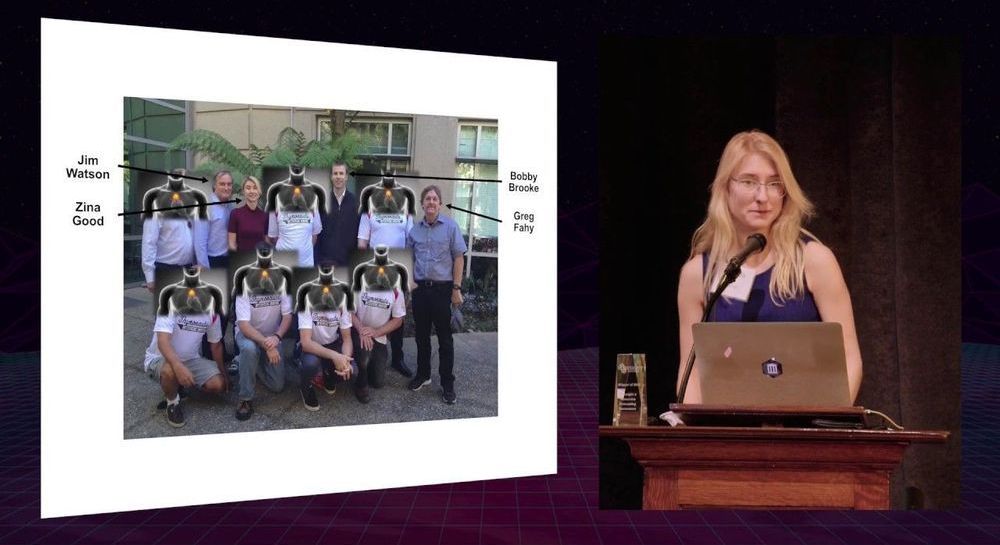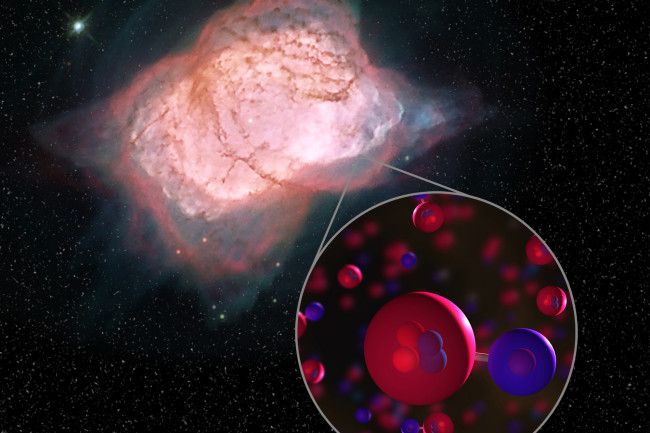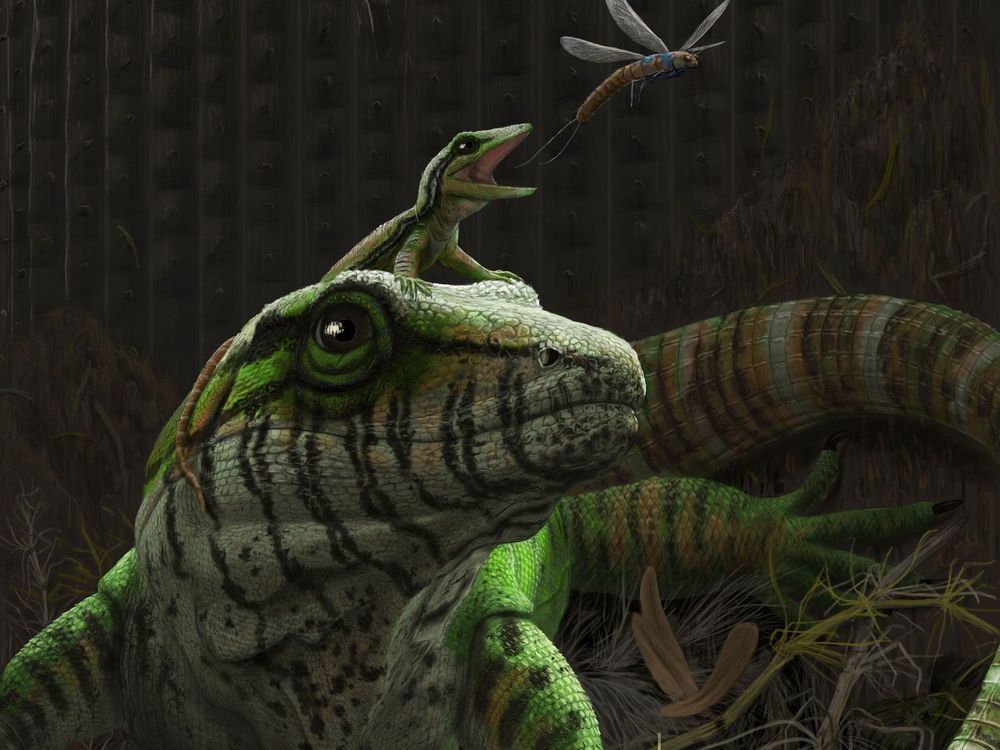We are thrilled to announce the findings of the latest research study from Amsterdam Medical Center about the impact of the Wim Hof Method on auto-immune disease. The results are truly impressive. A new milestone has been reached! Shedding light on our human potential. Stay Happy, Strong and Healthy & Make sure to check out the FULL VIDEO and learn all about this latest study at the link below: http://ow.ly/kcSg50xtwfW… #iceman #wimhof #science #research #study #inflammation #immunesystem #breath #cold #mindset #wimhofmethod #stronghappyhealthy









